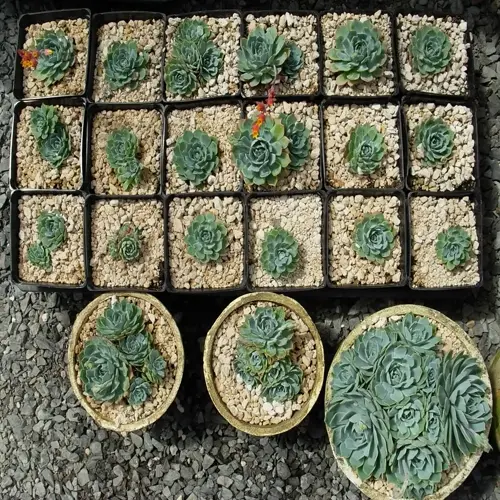What are the essential steps for proper rose pruning?

Written by
Michael Sullivan
Reviewed by
Prof. Martin Thorne, Ph.D.Correct rose pruning means to follow specific steps for the best outcome. Begin with sanitized bypass pruners and your gloves. First, remove any dead wood to reduce the risk of disease transmission. Focus on developing an open center form of the plant. Following the steps below in order will ensure the best bloom count and health of the plant.
Initial Preparation
- Sanitize tools: Dip in 70% alcohol before starting
- Identify dead wood: Cut until white pith appears
- Clear base debris: Remove all fallen leaves
Structural Shaping
- Eliminate crossing canes: Prevent friction damage
- Select primary canes: Choose 3-6 pencil-thick stems
- Space evenly: Allow 6-inch clearance between canes
Primary cuts should be made 0.25 inches above outward-facing buds and at precise 45° angles. This angle sheds water to prevent rot. Outward-facing buds will direct new growth away from the center. I can check bud direction by simply tracing the cane with my finger. Proper placement of buds allows for even growth.
Sanitize tools after every plant, without exception. After working on roses, I use alcohol wipes to sanitize my pruners. This is how I prevent the spread of black spot and mildew from one plant to the next. I often carry multiple pruners or scissors when I am working in large gardens. Cleaning tools help you protect your entire plant collection against infections.
Use dormant spray after pruning, within 24 hours. This will seal cuts against pests and prevent water in the well, using 1 inch of water across the root zones. Fertilize when temperatures are consistently over 50 degrees. Unsheltered, fresh cuts might need to be protected from weather extremes with burlap.
Thin stems that are less than pencil thickness should be eliminated for better air circulation. Eliminate them from ground level. This shifts energy to productive canes. I liken stems to writing tools for reference. Thinning allows room for strong new growth.
Read the full article: How to Prune Roses for Vibrant Blooms

